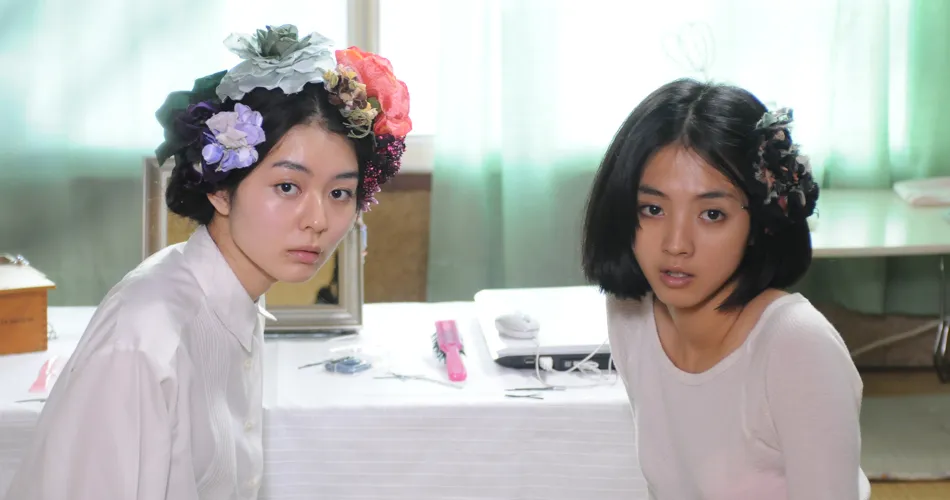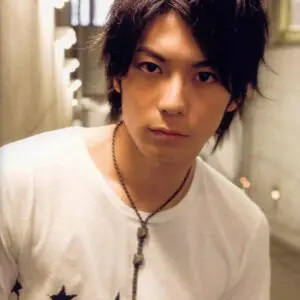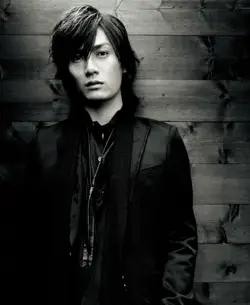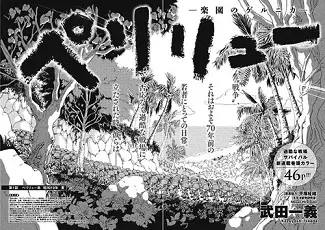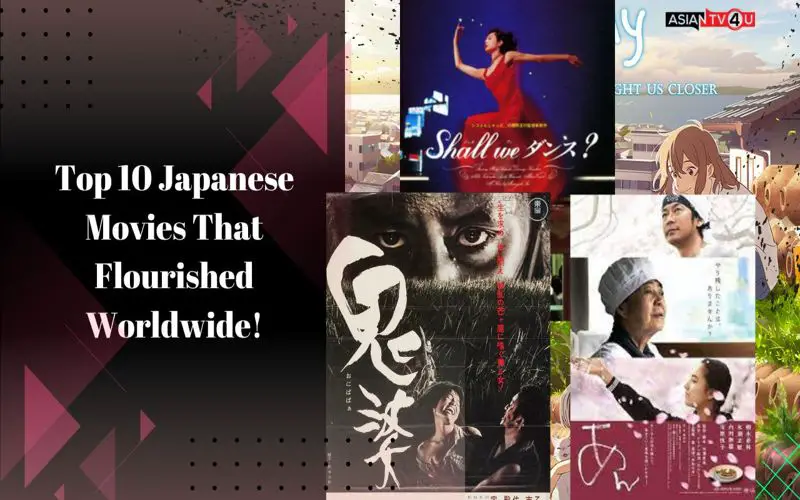
The Japanese film industry is one of the few that continues to have a significant effect on global cinema, maintaining its own identity and traits while using a variety of genres and elements to further enhance the movie. They didn't demonstrate complacency or conformity to the classics; they maintained a respectful attitude toward traditional directors, actors, genres, and films, but they also added a number of new filmmakers and performers to the list, who are becoming increasingly well-known both nationally and globally. This list aims to showcase the most important films from the Japanese cinema industry, both classic and contemporary.
1. Onibaba (Kaneto Shindô, 1964)
It is the sole horror film on the list, and despite some reservations regarding its classification, "Onibaba" has all of the required components to be classified as a horror film. "Onibaba" is a departure from Kaneto Shindô's customary style, with far more visual elements and a lot less dynamic manner of filmmaking, in contrast to his less impressive releases with a much less dynamic style of filming, but preserving his usual themes of sexuality and poverty. It is the story of two ladies who make a living by stealing the belongings of the soldiers they kill.
Both women might be indicative of the struggle of women to live throughout the 14th-century Japanese wars. Despite the younger woman's animosity, both are depicted as destitute and murderous soldiers to survive. Neither of the ladies had a name, which might be interpreted as a metaphor for the dismal living conditions in which most people lived at the time. The plot's originality is the presence of a soldier who falls in love with the younger lady, as well as the introduction of paranormal aspects that impact the older woman and her "connection" with the younger woman, with perilous results.

2. The Great Passage (2013)
A sweet love story that tries to define love in the literal sense. This drama/comedy centers on a young linguist who is obsessed with words. Majime is tasked with developing a "living dictionary" after being recruited by a group of fellow editors. The endeavor is no small undertaking, and it has already taken years of effort. Majime has developed feelings for his landlord's granddaughter in addition to his labor of love. The film's exterior capitalizes on Majime's eccentricities and endearing nerdiness. However, a closer examination reveals how words connect individuals and the many ways we must learn to communicate ourselves to the ones we care about the most.

3. Shall We Dance? (1996)
Shall We Dance? is a romantic comedy about Shohei, a successful salaryman who, despite his good wealth, has fallen into deep despair. Shohei observes a lady enclosed on a window sill while walking home one night. His desire to be closer to her has piqued to the point that he chooses to take dancing classes at her ballroom studio. Shohei struggles with the shame of taking private dance classes, but learns new respect for self-love and movement, even if it comes from the west. Shall We Dance? is a fun and sweet film that gained a lot of attention outside of Japan when it was first released in 1996.
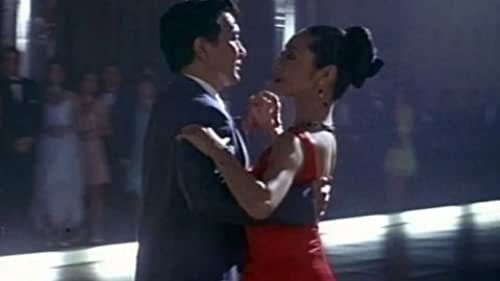
4. Kamome Diner (2006)
Kamome Diner is a film set in Helsinki, Finland, about a Japanese woman named Midori who has recently started a tiny Japanese restaurant. Midori is self-sufficient and motivated to bring onigiri and other Japanese soul foods to this new home in a strange city, but her new business is sluggish and her clients are few. Megane, like director Naoko Ogigami's previous film, has a protagonist who encounters other odd people along the way. Interestingly, despite their relatively obscure backgrounds, these guys create a friendship in Kamome Diner.

5. A Whisker Away (2020)
Whisker Away was originally scheduled for a theatre release in early June 2020, but owing to the COVID-19 epidemic, it was sold to Netflix and released in mid-June for an "at home" premiere. This animated animation depicts Miyo's fanciful love narrative, in which she pines for Hinode's attention. Miyo begins bonding with Hinode in the shape of a cat, which she can transform into using a mystical Noh mask because she is unable to connect with him in person. Caught between her life as a human and a cat, the magic that allows her to spend time with her crush threatens to irrevocably ruin her existence. This clip portrays the spirit of Japanese youth and summer festivities.

6. The Chef Of South Polar (2009)
Despite the bitter cold of the South Pole, The approach of Chef of South Polar warms your heart. A research trip to Antarctica has been launched by eight guys. It is both satisfying and alienating to be on this task. Jun Nishimura's profession entails cooking for everyone on a daily basis. He enjoys preparing various specialties for the company and takes delight in their acceptance of his dishes. Because of the limits and limitations imposed by their labor in sub-zero conditions, mealtime becomes the one time when they may relax. This adaptation by award-winning filmmaker Shuichi Okita is based on Jun Nishimura's autobiographical essays and depicts a narrative of comradery, loneliness, and delectable cuisine.

7. Muddy River (1981)
In a post-war Osaka, Japan, two young boys become friends in this black-and-white classic. The youngsters mingle and become friends without prejudice, but they soon discover about their families' backgrounds and are exposed to the harsh truth of social discrimination. Kohei Oguri, the director of Muddy River, only directed six films throughout his entire career. This beautiful story appears to be held together by precision and restraint. Simple photos convey the undertone of loss and difficulty that many people felt at the time.
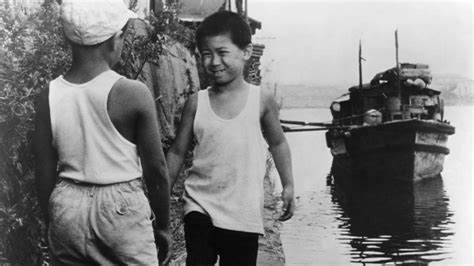
8. Sweet Bean (2015)
Sweet Bean, starring Kirin Kiki and Kyara Uchida as real-life grandma and granddaughter, is a touching, emotional drama that may make you cry. Tokue, an elderly woman, approaches Sentaro, a middle-aged guy who operates a dorayaki business, at the beginning of the film. Tokue admits that working in a dorayaki business has long been a dream of hers. Sentaro first rejects her application due to her age but changes his mind after tasting her bean paste, which is superior to his own. The video tugs at your emotions, urging the viewer to revel in the magic of a single moment and to value such moments above all else, despite societal pressures.
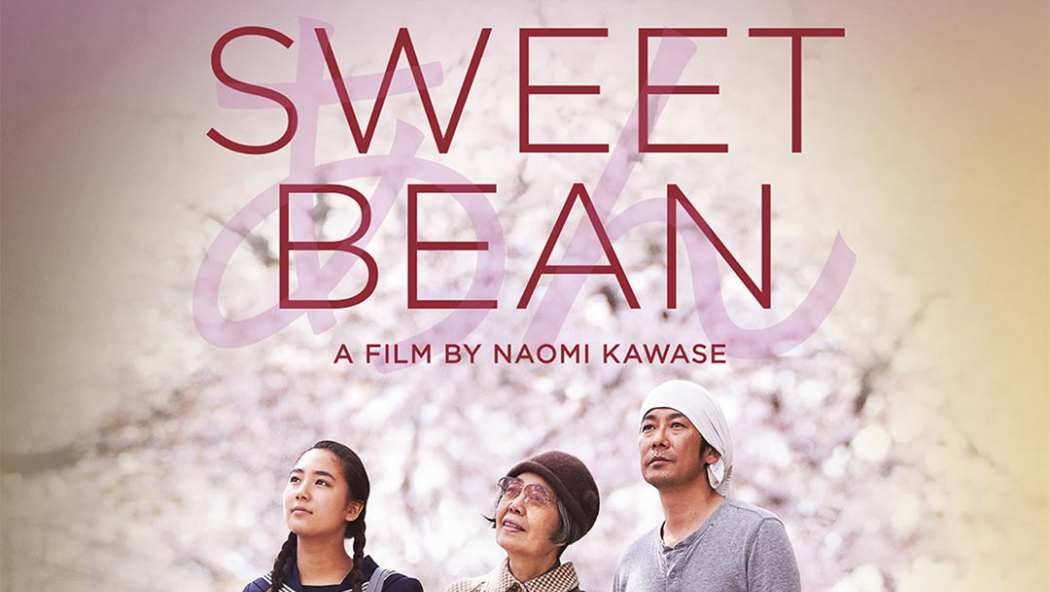
9. Departures (2008)
The nature of its subject matter, mortality, and the individuals who deal with death, first stigmatized the film Departures. To the point where Japanese distributors were first hesitant to distribute it. After losing his job in Tokyo, a cellist called Daigo returns to his native home of Yamagata. Daigo seeks a career as a "departures assistant", which he expects would be linked to travel, only to discover that he will be assisting a mortician. Departures try to affect its audience with a light touch on a difficult subject, with a profound synthesis of emotions and human dread of death.

10. A Piece Of Our Life (2010)
In Momoko Ando's debut film, Kakera or A Piece of Our Life, a young college student (Haru) is pursued by a bisexual prosthetist (Riko). The two ladies begin a relationship, but not before discussing why and how they did so throughout the film. It's a narrative that is cognizant of delving into the meaning of love. Haru's relationship with her partner is loveless, but she finds closeness with Riko. Its two protagonists start out as polar opposites. Haru is floaty and hesitant, almost as if she's in a dream. Riko: I work in a field where I make people's bodies feel entire again.
